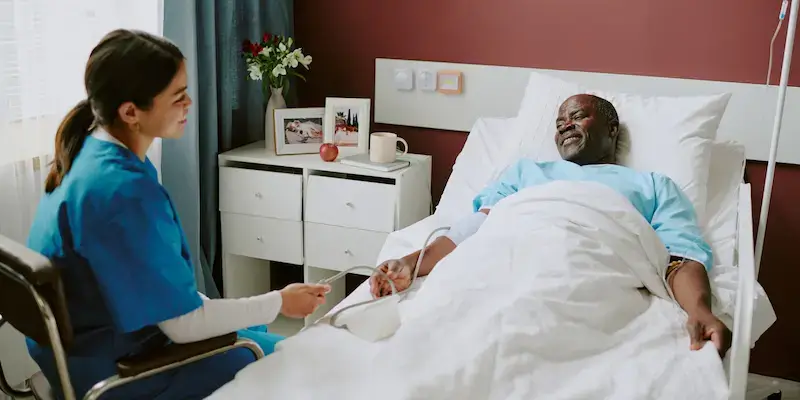Home >
Mole mapping
Get rapid access to our leading specialists.
Don’t let fear hold you back.
Moles can be concerning, especially if they have changed size, shape or colour, preventing you from enjoying your day to day life.
Having a professional review your moles and provide expert advice can help reassure you.
With this one-stop mole assessment package, we’ll review your moles and provide you with expert advice if any management is needed.
Your package includes:
- A thorough examination and assessment by one of the UK’s leading dermatology specialists
- Mole mapping
And with no waiting lists to worry about, you can be seen at a time that suits you, giving you reassurance when you need it.
Do I need a mole health check?
Moles are a common skin growth. They typically appear as dark brown spots on the skin. Most moles are harmless, but changes in size, shape, and colour can be a cause for concern.
These are some important symptoms to look out for:
- A mole that has changed colour, gotten darker, or has more than two colours
- A mole with uneven borders
- A mole that changes shape
- A mole that is bleeding, itching, crusty or raised
- A mole that has gotten larger or more raised
Need further help or advice?
Contact our team for enquiries or information.
If you need to contact us in any other way, please go to
